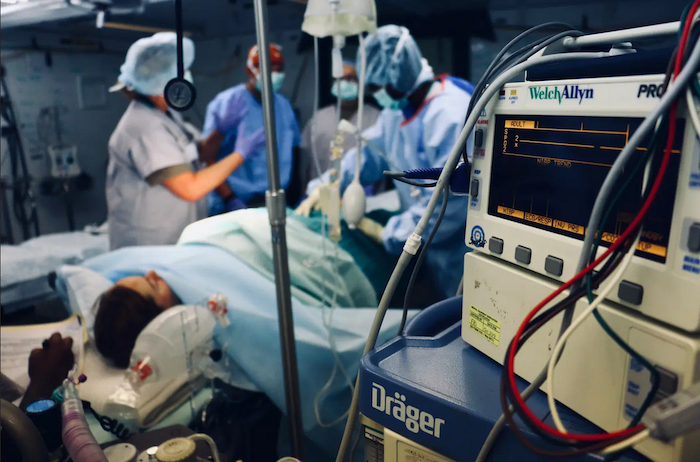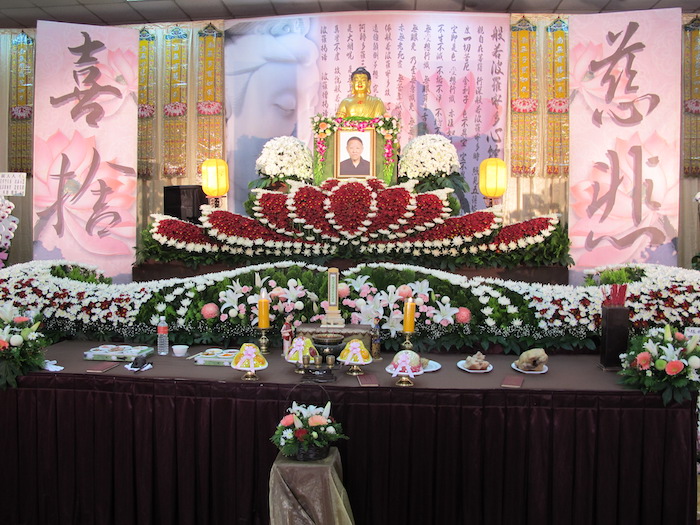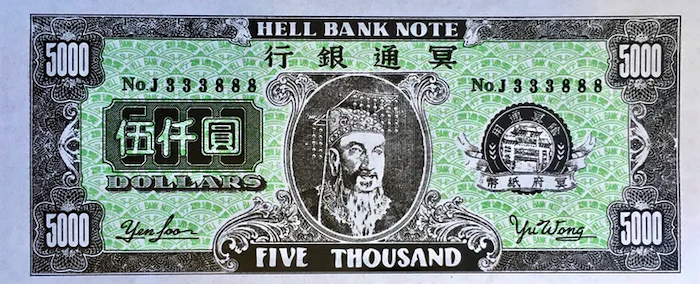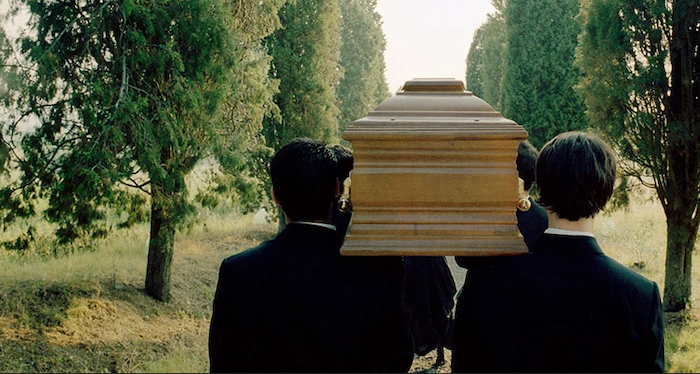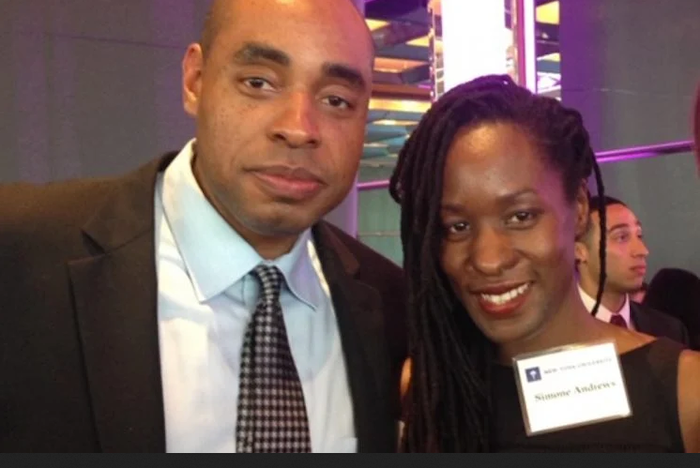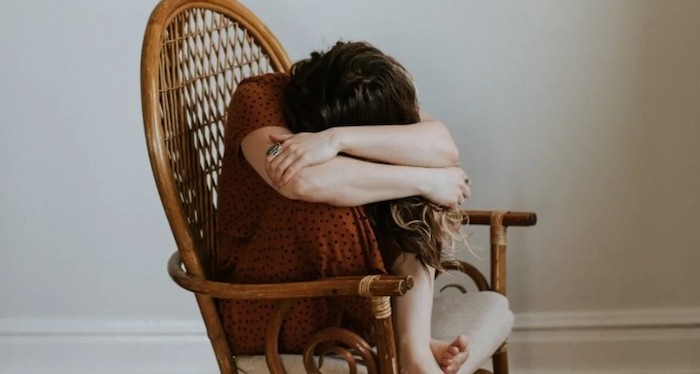It’s quite normal to be experiencing grief during the coronavirus pandemic—even if you haven’t lost someone to the virus. Here, experts talk about why you might be feeling this way, the stages of grief, and how to process your emotions.

By Ellie Trice
The coronavirus pandemic has us all learning to grapple with unprecedented and incalculable loss. If it’s tangible—loss of a job, a home, a gym, a graduation or wedding ceremony—it’s often accompanied by a sense of shame and confusion. It’s easy to think: “when over half a million people have lost their lives, does it really matter if I have to miss my bachelorette party?”
Actually, it’s very fair to be mourning these losses, according to grief expert and therapist Claire Bidwell Smith. Luckily, there are some tactics that can help mitigate the pain.
Our idea of grief is always that it has to be for a person that we lose—but right now, during the pandemic, we’re grieving on so many different levels. We’re grieving a way of life, we’re grieving our kids being home from school, we’re grieving our economy, changes in politics. I think so many of us have had to say goodbye to so many things immeasurably, and we don’t think of these things as worthy of grief, but they are.
– Claire Bidwell Smith, therapist and grief expert
As a global community, we’re living through a situation unlike anything we’ve ever witnessed, and with no end in sight, it’s perfectly normal for you to be experiencing unprecedented feelings of fear and loss.
“I’ve noticed during this time, that many people continue to run from their grief because there are plenty of ways to be distracted,” says Erin Wiley, M.A., L.P.C.C., clinical psychotherapist and the executive director of The Willow Center, a counseling practice in Toledo, Ohio. “But at some point, grief does come knocking, and it always requires payment.”
The latest surge of the virus sets the number of infections at more than 3.4 million confirmed cases at the time of publication (and counting) in the U.S., according to the Centers for Disease Control and Prevention (CDC). Many will have to endure this experience—and cope with grief—physically isolated from the very people who would, under normal circumstances, be there for them. So what are we to do?
Here, grief expert and therapists offer insight into understanding your grief, how to cope with it, and why staying hopeful is the key to getting through it all.
Recognize That Your Grief Is Real and Valid
“In general, people have a pretty hard time giving themselves permission to grieve,” says Smith. “So when it looks a little different than we think it should, it’s even more difficult to give yourself that consent.”
And while the whole world is grieving right now, people are also likely to discount their own losses—saying things like “well, it was only a wedding, and we’re all going to live even though we didn’t get to have it” or “my husband lost his job, but I have mine, so we have a lot to be grateful for.”
“Often, we discount our grief, because there are so many worse-case scenarios—especially if you haven’t lost someone to the pandemic,” says Wiley.
It goes without saying that losing a person you love is an irreplaceable kind of loss. When you cancel an event or lose a job, you still have hope that you can have that thing again, whereas, when you lose a person, you don’t get to hope that they will come back. “We have this idea that, somewhere down the road, life will hopefully go back to normal and we’ll be able to have all these things again that we’re missing, but we really can’t replace a graduation that was supposed to happen at the end of the school year. In two years, it isn’t going to be the same,” says Wiley.
Grief takes on many forms and can manifest as both physical and psychological symptoms, including (but not limited to) anger, anxiety, crying spells, depression, fatigue or lack of energy, guilt, loneliness, pain, sadness, and trouble sleeping, according to the Mayo Clinic. For those mourning a more complex loss (such as that of a missed milestone or celebration), grief can play out in similar ways that a concrete loss (such as a death) does—or in more distraction-focused behavior like eating, drinking, exercising, or even binge-watching Netflix in order to avoid the emotions under the surface, says Wiley. Which brings us to…
Spend the Time You Need to Emotionally Process Your Loss
Both Wiley and Smith say it’s essential to really grieve each part of what is now gone. Engaging in mindful activities like journaling and meditation can help tremendously in helping you acknowledge and process your emotions, as well as find resolution in your process.
“The effects that come from pushing grief away are anxiety, depression, anger, whereas if you can move through them and let yourself feel everything, there’s often some positive transformational things that can happen. It can feel scary to enter into that space; sometimes people feel like they’re going to start crying and never stop, or they’ll fall apart, but really the opposite is true. You will for a minute, you will have your big deep cry, and then, you will feel that relief and that release,” says Smith.
Mental health nonprofit Mental Health America recommends the PATH system for processing negative emotions. When you feel yourself spiraling into a moment of sadness or anger, try following these steps:
- Pause: Instead of acting on your feelings right away, stop and think things through.
- Acknowledge what you’re feeling: Try to name what you’re feeling and why—are you really angry that something happened, or are you sad? Whatever it is, it’s ok to feel that way.
- Think: Once you’ve figured out what exactly it is that you are feeling, think about how you can make yourself feel better.
- Help: Take action toward whatever you decided might make you feel better. This could be anything from calling a trusted friend or letting yourself cry to writing out your emotions or practicing belly breathing.
Processing your emotions is not an easy thing to do—it takes maturity and a whole lot of discipline, and often our distractions from grief can play out in harmful ways (such as substance abuse or withdrawing from our support system). And while, as a species, humans are engineered to deal with this sort of pain, we are great at avoiding it, especially when every part of our being tells us to run away, says Wiley.
Avoidance manifests itself in many forms. “Americans, people in general, are really good at constantly running from how they feel,” she says. “We watch Netflix, and drink wine, and go running, and have parties with friends, we eat to excess, all to fill that void, but we have to just let the feelings in.” You may think that you’re coping in a healthy way, but there’s a fine line where something can become an unhealthy coping mechanism: “We all have a tendency to move toward a coping skill and using it so much that it causes problems in our lives,” she says. For example, a maladaptive coping skill could be running—it’s not inherently bad, but if it becomes compulsive or you can’t stop doing it, well, anything in excess can be harmful, she adds.
“It takes a really evolved mental state to walk into grief and say, ‘I’m gonna stay with this,” instead of avoiding it, says Wiley. “Instead of sitting on your couch and eating ice cream and watching Netflix, that might look like sitting on your couch with no food and writing in a journal, talking to a therapist about it, or going for a walk or sitting in the backyard and just thinking,” she says.
Wiley also encourages her patients to pay attention to the way certain activities make them feel. “I would challenge any of my clients to, before starting up a distraction, ask yourself, on a scale of 1-10, how do you feel? If it’s a lower number after you’re done, maybe you need to reexamine if that activity is good for you. [It’s important to] have self-awareness of whether a behavior is helpful or hurtful and deciding how much time you want to devote to it,” she says.
When sitting with those feelings, be it in yoga, meditations, journaling exercises, or therapy, Wiley encourages her clients to focus on their breath and focus on being mindful of your current thoughts and feelings. Take advantage of one of many great meditation apps, online courses, or yoga classes to help slow down your mind.
The loss of a romantic relationship factors in here as well—so many people are going through separations, break-ups, and divorces, and the pandemic only piles on those feelings of isolation. That’s why, Wiley argues, now is a better time than ever to work on your emotional health, so that every relationship further down the road is stronger, and your strength can be built now.
“There’s something helpful about having the ability to see that dealing with emotional pain now will help you be a better person later. And it will and should improve any relationships you may have down the line,” says Wiley.
Seek Out Support—Virtual or In-Person—to Talk About Your Grief
Both Wiley and Smith agree that one of the most vital things you can do to help navigate the grieving process is to find supportive people who can listen with empathy.
“Don’t be afraid to seek support,” says Smith. “Some people think they should be doing better or think they shouldn’t be having this hard of a time. That’s the first thing that we have to let ourselves off the hook about. For someone with pre-existing anxiety, it can be an especially hard time. Support is so, so accessible right now—whether it’s in the form of online therapy, medication, or whoever you would normally turn to for a listening ear.”
Additionally, both Wiley and Smith are part of grief support groups and are in awe of how helpful they have been.
“I started this online group for women called ‘Manage Your Shift.’ We meet every morning and I guide them through what I needed for myself but now what we share together. We’ll do an inspirational reading for the day, track our gratitudes, talk about emotional health–we do a bit of meditation, light stretching, and setting intentions. We joined because we were all floating and lost and trying to find some meaning in this time—there’s nothing to anchor us, and this really has helped fill that void,” says Wiley.
Smith also touts the benefit of support groups. “Being with other people going through the same kind of loss as you create such an amazing synergy. It’s very accessible, a lower cost, you can do it from anywhere, and you can be working with professionals that maybe you wouldn’t have had access to previously,” she says. Other online resources Smith recommends include: Psychology Today, Modern Loss, Hope Edelman, The Dinner Party, and being here, human.
While it’s is still lacking that in-person magic of a hug or eye contact, it’s so much better than nothing at all. So rather sitting at home in your grief, meeting up with others and a professional who can guide you through it is really vital. And it works.
Complete Article ↪HERE↩!


